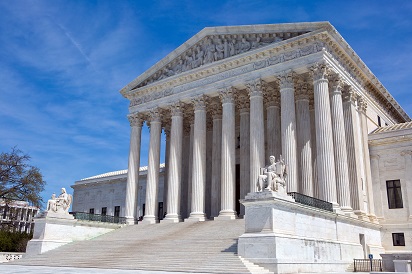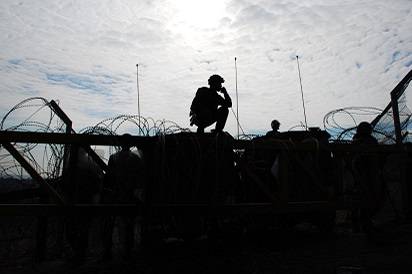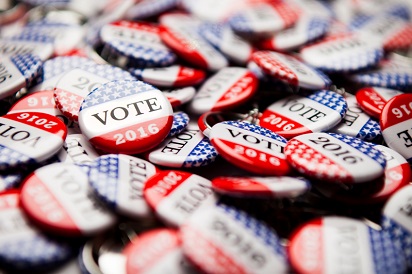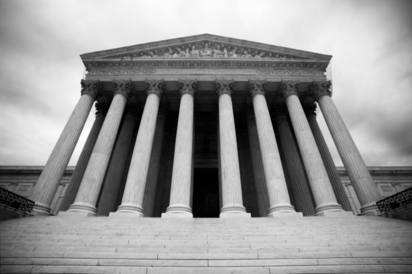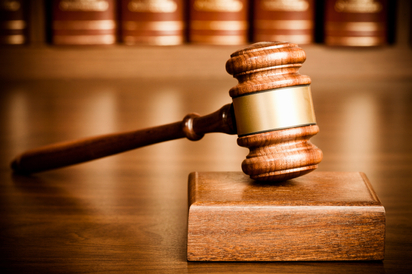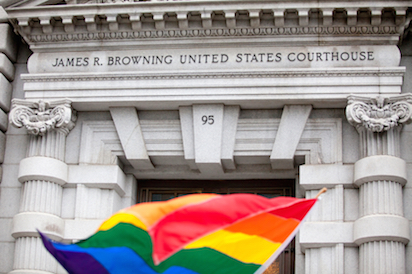
Essay
Government Hacking to Light the Dark Web
Risks to International Relations and International Law?
by Orin S. Kerr & Sean D. Murphy
Introduction Government hacking is everywhere. Hackers working for the Russian government broke into computers run by the Democratic National Committee and stole e-mails relating to the 2016 Presidential election. Hackers traced to the Chinese government broke into U.S. government computers and copied personnel files of over 22 million employees. North Korean hackers intruded into Sony…




